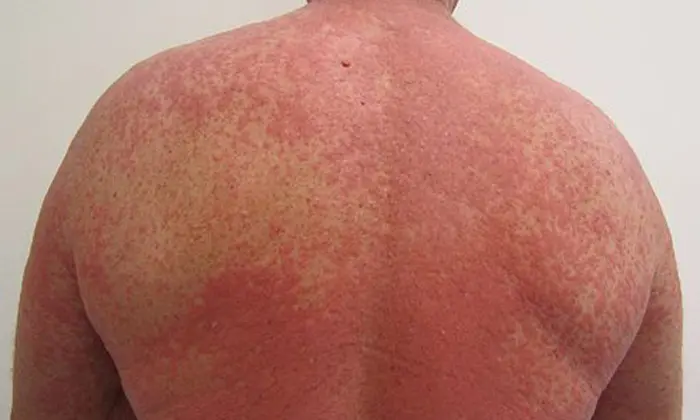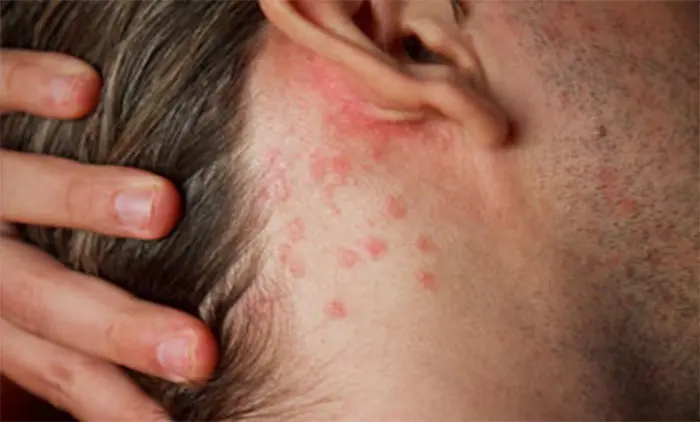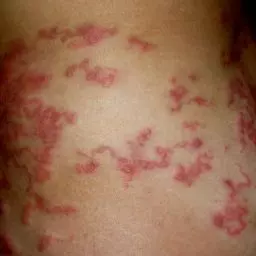Drug Eruption
Skin Conditions
A drug eruption is rash caused by an adverse reaction to a medication. Most drug eruptions are unsightly but resolve on their own once the causative medication is identified and discontinued. However, if the adverse reaction effects other organs or if the cutaneous reaction is severe enough hospitalization may be required.
Drug Eruption
Skin Conditions
A drug eruption is rash caused by an adverse reaction to a medication. Most drug eruptions are unsightly but resolve on their own once the causative medication is identified and discontinued. However, if the adverse reaction effects other organs or if the cutaneous reaction is severe enough hospitalization may be required.
How are Drug Eruptions Diagnosed?
Drug eruptions have a huge variety of presentations which are often specific to the causative drug. Therefore, most eruptions are diagnosed by presentation and medical history. Your dermatologist may ask you if you have started any new medications and how long ago – most drug eruption occur a few weeks after the initial administration of the medication. In more complicated cases a skin biopsy, blood test, or immunology test may be need to identify the offending drug.
What is the most common Drug Eruption?
The most common form of drug eruption is a morbilliform rash (pictured here). This and many other forms are not serious but respond well to antihistamines and topical steroids, neither of which will cure the reaction but can help treat symptoms. More severe reactions include Stevens-Johnson syndrome (SJS) and toxic epidermal necrosis (TEN) which require hospitalization. Contact your dermatologist if you think you have a drug eruption.





















